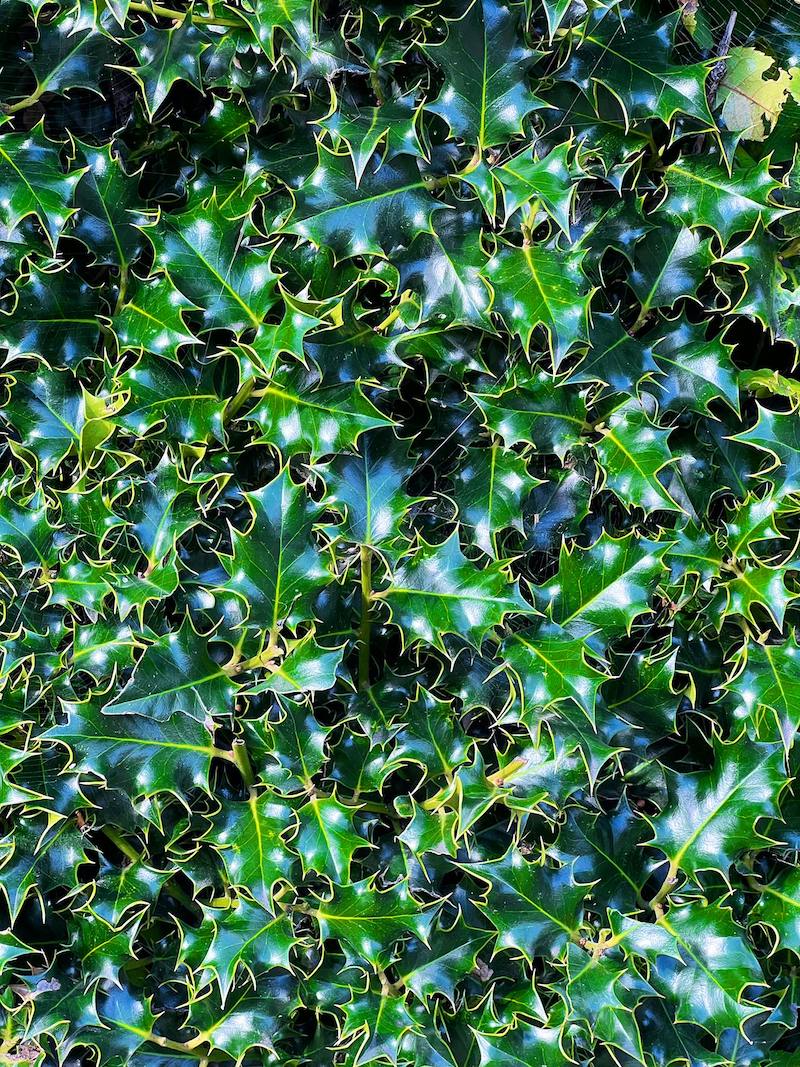
Home > Gardening News >
Plants with spines, thorns and prickles can be very useful as a deterrent to unwanted visitors, whether they have two legs or four. This may be under a window if you are concerned about intruders or as a hedge if people or animals are inclined to walk across your garden.
Remember that you may have to access places yourself (to clean a window, for instance) so the plants may need to be trimmed regularly. The aim should be to make your home less attractive to an opportunist visitor, not cause you injury as you tend the plants.
Look for Latin plant names including:-
arguta - sharp
dentata - toothed
spinosa - spiny
There are many species of Berberis, some evergreen, others deciduous, but all have sharp spines. Some are ideal trained as hedging along a boundary, others are useful below a window as a deterrent. Small, bell-shaped flowers are followed by berries in autumn and winter.
The “flowering quince” has attractive flowers of white, red, salmon or pink according to variety and usually blooms in winter or early spring. The flowers may be followed as the plant matures by small quince fruits in autumn. The densely-packed stems are thorny, but it responds well to being trained against a wall or fence. It looks stunning when mixed in a “tapestry” hedge with other plants to add an extra season of interest.
The family of “thorns” includes hawthorn and many ornamental species, all of which are sharp. Some are grown for their outstanding berries in autumn and winter, which birds feed on during the colder months.
Ribes uva-crispa may seem an odd inclusion, but it is one of the most vicious plants in the garden, as anyone who has tried to harvest the fruit will tell you! Grow a hedge of gooseberries and no-one will push through it. It is also one of the really prickly plants that will give you a crop to eat. You can grow them along wires as a hedge to make harvesting a little easier.
With a very few exceptions, hollies all have leaves with very sharp spines. The “hedgehog holly” in particular has spines over the upper surface of the leaf as well as the edge. They are good as hedging or single plants, but come as separate male and female plants so both are needed if you want berries for decoration or to feed the birds.
These plants are grown for their attractive yellow flowers, usually during the winter and early spring, although there are a few summer-flowering species. In all but a few species, the leaves resemble large holly leaves, with sharp spines along the edges. Cut back regularly, the plant will form a dense bush.
The “firethorns” have sharply thorny stems. They form dense, untidy shrubs, but are ideal for training against a wall or fence, or as a hedge. They have clusters of creamy-white flowers in spring, followed by red, orange or yellow berries in autumn, according to variety. Insects are attracted to the flowers and birds soon eat the berries over the autumn and winter.
Most roses are pretty sharp, but Rosa rugosa is particularly thorny. It forms a dense, low-medium shrub with red, pink or white flowers all summer, according to variety, and big, showy red hips in autumn and winter.
This ornamental form of blackberry, known as the “whitewash bramble”, has long, arching stems covered with a bright white waxy coating through the winter. It needs plenty of space and is inclined to spread, but it creates a formidable barrier.
This architectural plant has long, slender leaves, each tipped with a sharp needle-like spine. The leaves grow as a rosette from the midst of which a flower spike emerges, opening into a tall panicle of bell-shaped flowers.

This story was published on: 08/08/2024
Image attribution: Mike Bird / Pexels
Links to external, or third party websites, are provided solely for visitors' convenience. Links taken to other sites are done so at your own risk and Garden Help accepts no liability for any linked sites or their content. When you access an external website, keep in mind that Garden Help has no control over its content. Any link from us to an external website does not imply or mean that Garden Help endorses or accepts any responsibility for the content or the use of such website. Garden Help does not give any representation regarding the quality, safety, suitability, or reliability of any external websites or any of the content or materials contained in them. It is important for users to take necessary precautions, especially to ensure appropriate safety from viruses, worms, Trojan horses and other potentially destructive items. When visiting external websites, users should review those websites' privacy policies and other terms of use to learn more about, what, why and how they collect and use any personally identifiable information. Hyperlinks and hypertext links are provided on our website to promote easy access to the variety of information and services provided. We accept no liability arising out of the use of such links, including: misuse or misunderstanding of these hyperlinks and hypertext links and web site navigational methods third party interpretation of data or information which is distributed around the web site and reached using hypertext and hyperlinks third party understanding of or use of the navigational structure of the site or the interpretation of distributed information on the site We may revise this disclaimer at any time, without prior notice, by updating this web page.
We work hard to make sure that every image is used properly and according to the creator's wishes. If you feel that there is a attribution or copyright issue, please Click Here IMMEDIATELY
Keukenhof
Lisse, Netherlands
Pamplemousses Botanical Garden
Pamplemousses, Mauritius
Eram Garden
Shiraz, Iran
Saint Petersburg Botanical Garden
Saint Petersburg, Russia
Gardens of Versailles
Versailles, France
Villa d'Este Gardens
Tivoli, Italy